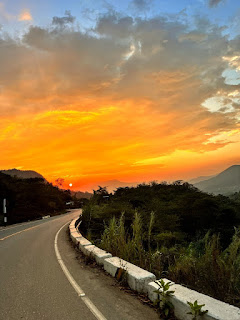Visit Canchaqué and San Miguel de El Faiqué

A trip to the Pre-Hispanic past, to the top of a mountain, and to the foot of a cascade. Sunset from the top of Guayanay Mount. | All photographs provided by Andrés Facundo , distributed by FACTORTIERRA. HUANCABAMBA, Peru – If you are in Piura City and you have a full free day, rather free at the afternoon and the following morning, here you have a tour that will bring you to the Pre-Hispanic past, raise to the top of a mountain, drown into the water flowing inside out of it. It’s just three hours by car from Piura City (146 km or 91 miles to the east). It’s accessible around the year, although the best season is between May and October . Its difficulty levels are multiples so it easily fits to your age and current physical condition. In addition, it connects you to other very popular local attractions. The circuit extends between Districts Canchaqué and san Miguel de El Faiqué , between 1100 meters (3600 feet) and 1270 meters (4170 feet) altitude, already i


